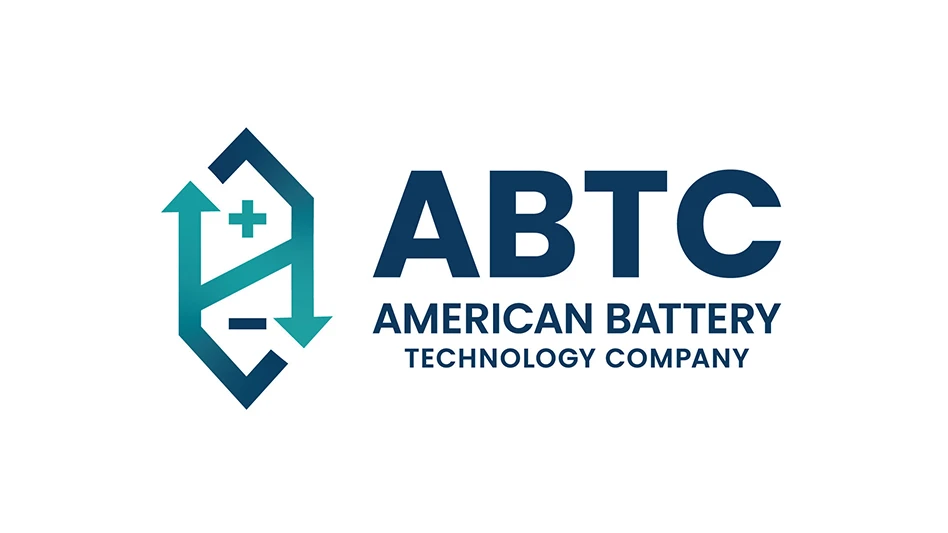
Gudellaphoto | stock.adobe.com
Lithium-ion batteries (LIBs) are the powerhouses found in our most-loved everyday electronic gadgets and devices, from disposable vapes to electric vehicles (EVs). However, improper disposal of these batteries in household waste can pose serious risks due to their reactive nature, with the potential to catch fire or even explode during waste collection and processing.
Additionally, the toxic substances within the battery can pose a risk to life, contaminating soil and water and causing long-term environmental damage. Preventing catastrophic LIB fires in recycling facilities requires consumers, local authorities and facility management to work together to reduce LIBs in the waste stream and implement appropriate protective measures.
Battery dangers
The best way to safely dispose of LIBs once they reach the end of their life is to transport them to specialized facilities. There, they can be completely discharged and dismantled, and valuable metals such as lithium, nickel and manganese can be extracted. Instead, many consumers mistakenly throw LIBs and devices—mostly comprised of portable electronics like laptops, cell phones and vapes—into municipal waste or single-stream recycling collection programs.

The problem is that the impacts of sun exposure, compaction, tipping and sorting during material collection and processing can damage or crush battery cells, triggering thermal runaway and igniting the battery electrolyte. Thermal runaway can result in the production of heat and gases that can lead to fires and explosions.
During the normal operation (discharge and charge) of a LIB cell, heat is produced and dissipates into the environment. Thermal runaway occurs when the heat generated by “abnormal” chemical reactions inside the cell reaches a level where it cannot be dispersed. The additional heat generated causes further exothermic reactions, releasing more heat and toxic gases. This becomes a self-sustaining reaction, which continues until the reaction material is consumed.
Venting gases produce hissing or popping noises from the battery, along with black smoke or a white vapor cloud. Under certain conditions, the flammable gases in the cloud can ignite, producing rocket-like flames. Delayed ignition of flammable gases can result in an extremely dangerous and sudden vapor cloud explosion, which may impact other nearby battery cells or ignite combustible materials.
Risks and consequences of improper disposal
Disposing LIBs into general household waste significantly elevates the risk of fires in recycling centers. As the use of LIBs continues to grow, the risk will likely continue to rise, leading to higher costs for everyone.
A 2021 report from Eunomia Research and Consulting, published with the assistance of the Environmental Services Association (ESA), revealed that an estimated 201 waste fires are caused by LIBs every year in the United Kingdom, costing the country over 100 million pounds sterling ($129.6 million) per year.
Another risk of LIBs in household waste processing is environmental pollution resulting from the long-term accumulation of battery scrap. The hazards produced during a thermal runaway event also can significantly contaminate the surrounding environment. The release of chemicals pollutes the atmosphere while the runoff from the vast quantities of water required to extinguish LIB fires can contaminate the soil and groundwater. Events like these require recycling centers to have pollution response strategies.
Protecting against LIB fires
The first line of defense against LIB fires is the employees, who should be trained to identify and remove such batteries from the waste stream and respond to fires. Collections and facility staff should have the authority to deal with improperly discarded materials by declining to collect them and providing educational resources. They should also be aware of fire risks, management practices to limit the potential for fire spread and emergency response procedures.
For example, disposable vapes have become a more prevalent concern with their recent rise in popularity. It is estimated that around five million vapes are thrown away in the United Kingdom every week. While most disposable vapes are labeled as recyclable, dealing with the single LIB contained within results in additional costs to the household recycling center.
To address this growing problem, Aberdeenshire in the United Kingdom has introduced a new procedure for vape and e-cigarette disposal at household recycling centers. The devices are put into drums containing vermiculite to reduce the risk of fire, which allows them to be transported to a specialized facility to extract valuable materials from the battery cells.
Additionally, incident preplanning, with input from the local fire department, can reveal any deficiencies in current fire protection measures and enhance the efficiency of incident responses. This includes providing the fire department with specialized training and personal protective equipment (PPE) to manage the toxic vapor clouds produced by thermal runaway from LIBs.
While the fire industry is working hard to develop suitable and safe portable devices for immediate incident response, a silver bullet solution for controlling LIB fires has yet to be discovered. Portable devices currently available to control fires, such as extinguishers and blankets, can put a person in close proximity to fire and explosion hazards, potentially without the necessary training and protective equipment needed to keep them safe.
Appropriate fire suppression systems and equipment tailored to LIB fires also play an important role in reducing the impact of LIB fires on recycling and waste management centers. These include surveillance monitoring, on-site private water supply, high-powered fire nozzles, sprinkler systems and specially designed flame, smoke and mist detectors, as well as passive fire management practices and active systems designed to mitigate fire growth in surrounding combustible materials.
Collaboration is key
The future of LIB recycling requires a collaborative effort. As the usage and disposal of LIBs continues to rise, industries and consumers need to work together to create a sustainable battery recycling infrastructure to prevent environmental harm and mitigate the risk of fire. This includes local authorities and facilities implementing regulations and policies that encourage proper disposal and recycling and establishing procedures to comply with disposal regulations. We must also support research and development in battery technologies and raise awareness among consumers about the importance of recycling and the risks associated with LIBs.
Amy Marsland is a forensics investigator at Jensen Hughes. She is an expert in fire and explosion investigations, hazardous materials, and failure analysis and has conducted numerous investigations within commercial and residential settings. More information can be found here.
Latest from Recycling Today
- Updated: Matalco to close Canton, Ohio, plant
- Metso launches electric Anode Weighing and Casting Machine
- Circular by Shapiro releases '5 for Five' sustainability series
- Graphic Packaging set to close Ohio CRB facility
- Ameripen voices support for Maryland EPR bill
- Maryland county expands curbside recycling to include electronics
- California EPS ban will be enforced
- YKK AP America introduces BetterBillet





